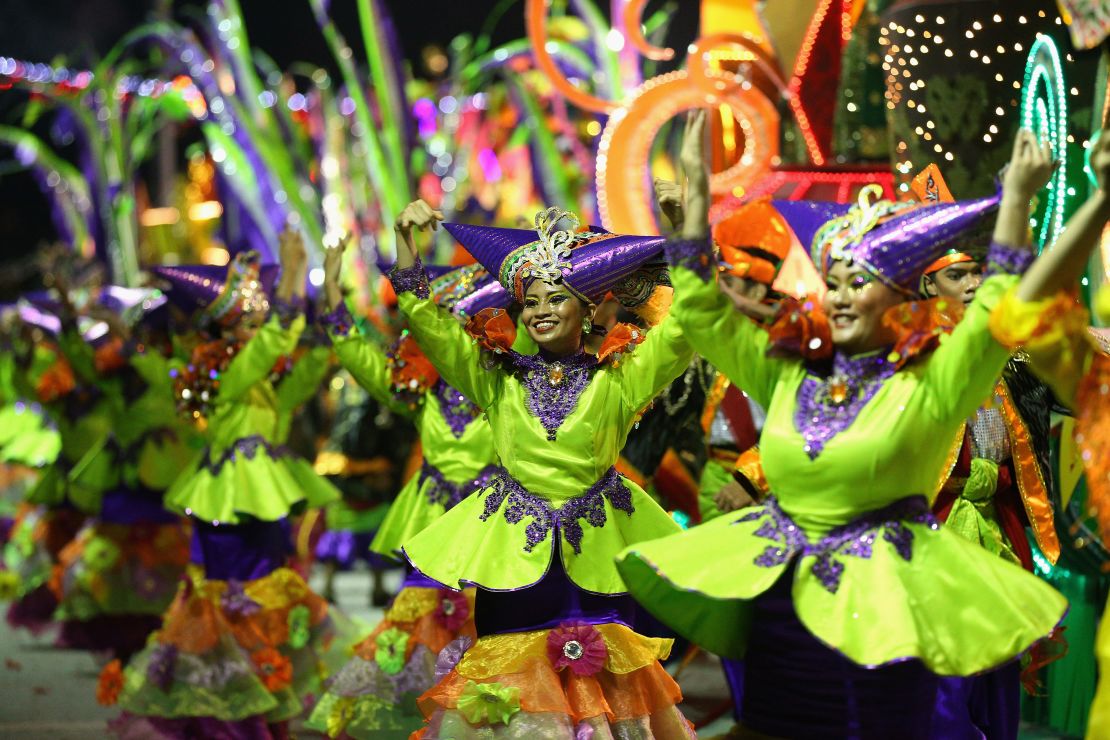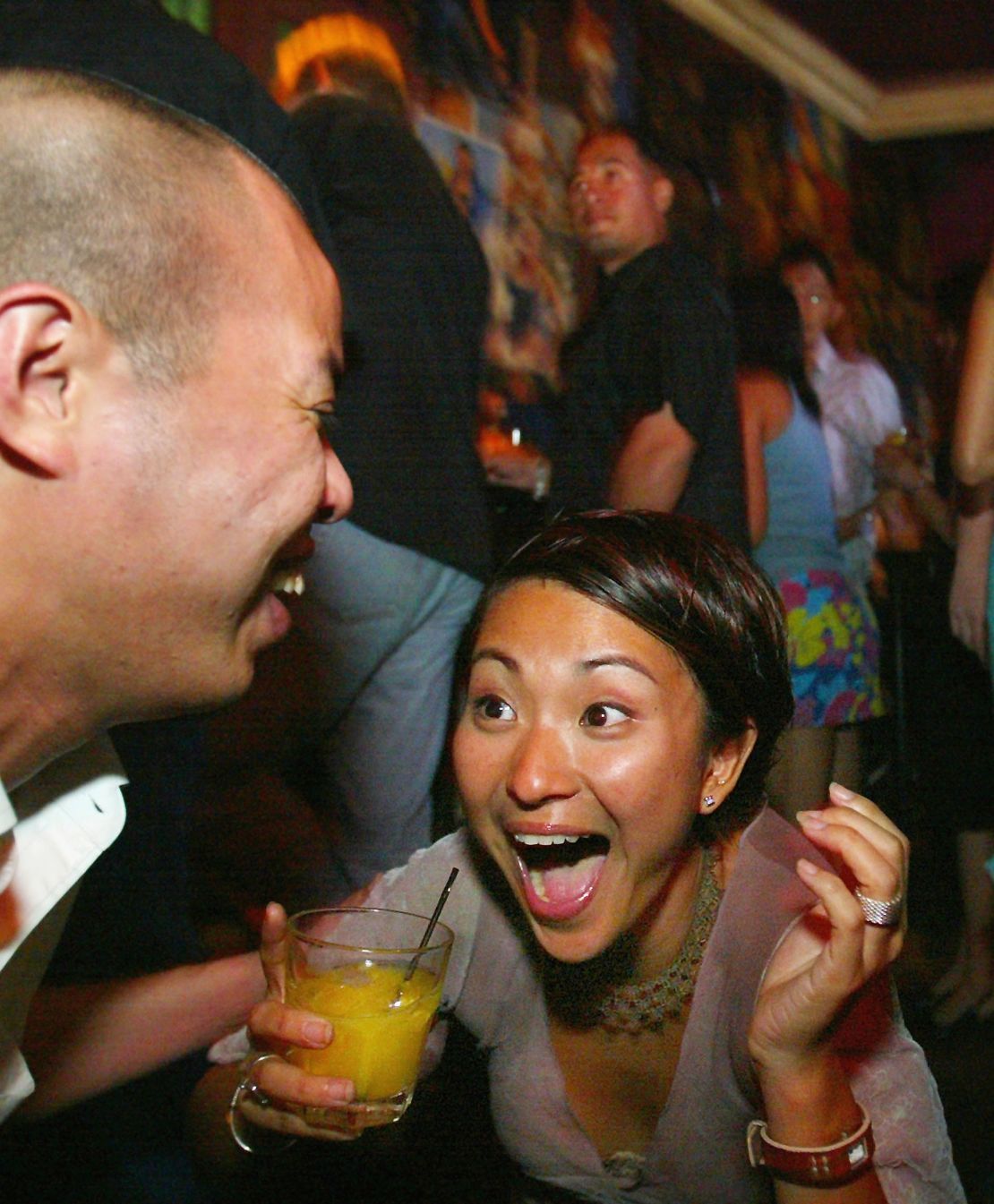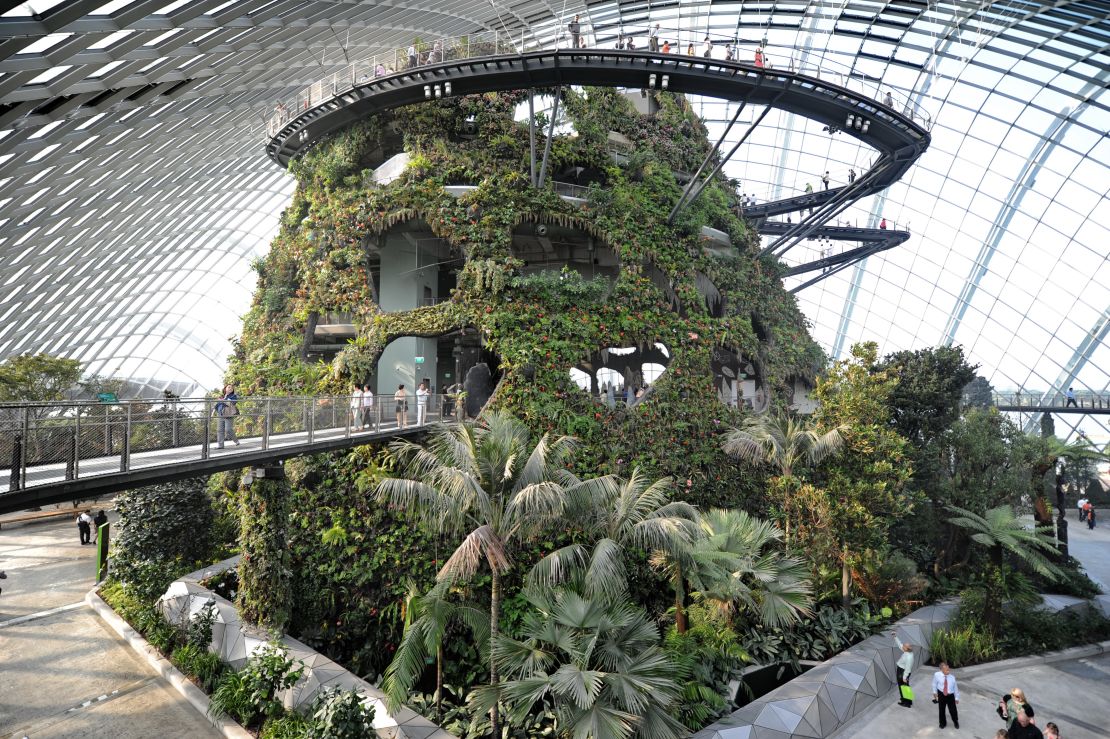Editor’s Note: CNN Travel’s series often carries sponsorship originating from the countries and regions we profile. However, CNN retains full editorial control over all of its reports. Read the policy.
OK, it measures just 50 kilometers by 26 kilometers. But somehow Singapore always manages to feel a lot bigger.
Maybe that’s because Singapore has a knack for doing things bigger. And better. Here are 10 things the clean and green city-state does better than anywhere else.
1. High Net Worth Individuals (HNWIs)
Singapore has the highest number of millionaires per capita in Asia. One in 10 households contains a millionaire, according to the Boston Consulting Group’s Global Wealth Report. And Singapore’s gross domestic product per person is the world’s highest at $61,577.
Low taxes (a top rate of 20% for income of SG$320,000-plus) are an obvious appeal for the merely rich, as well as the really rich. As is the low crime rate and no pollution. On top of which Singapore is seen as a safe harbor for the international wealthy to park their cash.
Unsurprisingly, some HNWI and ultra-HNWI (UHNW) have been lured to give up their U.S. citizenship and take Singaporean residency, including billionaire Facebook co-founder Eduardo Saverin.
2. Flamboyant car parking
With such a concentration of wealth, what would you expect but a luxe approach to parking (super) cars? At Hamilton Scotts apartment block, residents can drive their prized possessions into an elevator and straight out into their condo.
There the automobile takes prime position in the living area, like a home cinema or work of art. Because car owners need to pay a current market price of around SG$84,000 ($63,244) for a Certificate of Entitlement, and tax, on top of the cost of the actual vehicle, it’s no wonder they want to show them off.
3. Celebrations
Signposts in Singapore are written in four official languages – Chinese, English, Malay, Tamil – an indication of its multi-ethnicity.

With a population spanning Chinese, Malay, Indian and Caucasian, the religions of Singapore include Buddhism, Islam, Hinduism, Sikhism and Christianity. That adds up to a lot of cultural and religious festivals and public holidays every year:
– Chinese New Year is celebrated islandwide, with lanterns, lion dancing and little red envelopes filled with cash.
– In Aay, Vesak Day marks Buddha’s birthday, with flower and candle offerings at temples including Singapore’s oldest, Lian Sham Shuang Lin.
– Some weeks later, Hari Raya Puasa, not to be confused with Hari Raya Raji, celebrates the end of Ramadan, when Muslim areas such as Geylang and Kampong Glam are filled with decorated street markets.
– In October or November, Little India is lit up with colorful displays and bazaars during Deepavali.
– Though not public holidays, Thaipusam is marked by Hindus, and the Hungry Ghost and Mid-Autumn Festivals are also widely celebrated by the Chinese.
– Christian days are celebrated too – Singaporeans love a feast and a consumerism opportunity.
4. Colonial architecture
No other place does preserved colonial architectural splendor like Singapore. The island is dotted with grand white monoliths, all columns, balustrades and verandahs, built by the British in the 19th century. But unlike other former colonies in the region, all have been perfectly maintained since the government began protecting heritage sites in 1971.
Many have new life breathed into them to fulfill present-day purposes.
Among these are The Fullerton (the former post office headquarters turned hotel), the Old Parliament House (now an arts center) and the Singapore Arts Museum (previously a school).
The recently restored Victoria Theater and Concert Hall has reopened its doors, while the vast Supreme Court is currently being renovated and due to open as the National Gallery by the end of 2015.
Most famous of all is Raffles, a great white wedding cake of a building created by the Armenian Sarkies brothers to encapsulate the grandeur of the British colonial era.
5. Most striking hotel swimming pool
It’s a tough call (check out these outrageous pools if you don’t believe us), but it says here you’ll find the world’s most impressive swimming pool sitting on top of the Marina Bay Sands hotel, which looks like a spaceship marooned on three skyscrapers.
Perched on, and seemingly disappearing over the edge of, the palm-lined 57th floor, this rooftop outdoor infinity pool is the world’s largest at this height. At 495 feet it’s just more than three times the length of an Olympic-sized pool.
Only hotel guests can get in but anyone can buy a ticket to look at it – as well as the city vista – from the hotel’s “sky park.”
Little actual swimming goes on. Most guests simply float around taking selfies, especially at night when the pool is packed with Chinese couples taking photographs of themselves.
6. Best interjection, lah
The word “lah” can be, and often is, added to the end of any sentence in Singapore. With no absolute definition of its own, its meaning can change depending on the sentence.

Lah can be used to either emphasize a point or to soften a command. Or it can be used to save words, by dramatically shortening sentences: “Come on, don’t waste anymore time!” becomes simply “Come on, lah.”
The word is one of the most commonly used in Singlish: a mixture of English, Cantonese, Hokkein, Malay and Tamil, and spoken by many Singaporeans, and the most integrated of expats.
While some Singaporeans frown on Singlish as an embarrassing crime against grammar, others see it as a colorful and unique expression of the nation’s multi-culturism.
There’s L.A., there’s the immortal song lyric, there’s the rock band from Liverpool – but there’s no “lah” like the one in Singapore.
7. Nighttime Grand Prix
Singapore hosts the first Formula One night race in the world and the whole population seems to be consumed by the event. Following several weeks buildup of paraphernalia selling, the “F1” event stretches over three days.
Top international musicians are flown in to perform and the Grand Prix itself takes place on the last night on a circuit that goes right through the heart of the city. The spectacle looks stunning on television but also from any number of the central district’s rooftop bars.
8. Street food for wimps
While Singapore has more than its share of international celebrity chef restaurants, there’s also cheap food everywhere. Yes, other places lay claim to great street fare but Singapore has a more orderly (of course) approach.
Translation: If you’re a bit of a street food wimp, this is the place to try it.
Instead of ramshackle stalls in the streets, vendors are grouped together in outdoor hawker centers. Each stall is rated according to hygiene – there’s a minimum standard for them even to gain a slot. Although originally developed for the less affluent, now hawker centers attract all demographics.
Despite the fluorescent lighting and lack of air-con, most Singaporeans frequent them to get their fix of local specialties such as chilli crab and chicken rice. If the posh don’t come themselves, they send a driver and maid to pick up a takeout.
9. Man-made gardens
The extravagant Gardens by the Bay took four years and $1 billion dollars to create. Even for the non-horticulture fan it holds a curious appeal.

You may find yourself asking, “Why?” but it’s fascinating all the same.
More than 500,000 plants and flowers from throughout the world are present in the sprawling park – partly possible because of two massive domed conservatories that mimic differing climates.
Outdoor sections are open an impressive 5 a.m. to 2 a.m. daily to make the most of the (relative) coolness outside of daylight hours. These includes the wacky Super Trees – giant vertical garden towers linked by a dizzyingly high walkway.
Inevitably they’re featured in a nightly laser show and one of the “trees” houses a restaurant.
10. Neatness
With strict laws about littering and graffiti and the notorious chewing gum and spitting bans, Singapore is unique in being a major city without grime.
Even the public transport train, MRT, is clean. Admittedly, the fastidious approach to cleanliness and order is used to both praise and criticize the country.
But added to the shiny skyscrapers and lush, manicured greenery there’s no denying that it gives the place the look of a Utopian idyll.
Gillian Rhys is a freelance lifestyle journalist based in Singapore. She’s the editor of Luxe City Guide Singapore and chopstixandthecity.com. Follow her on Twitter @GillianRhys.















